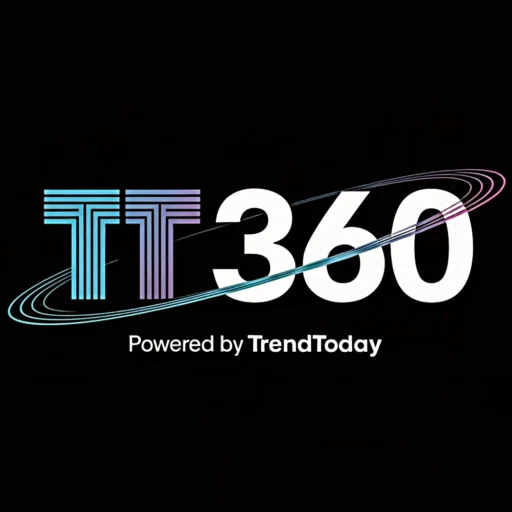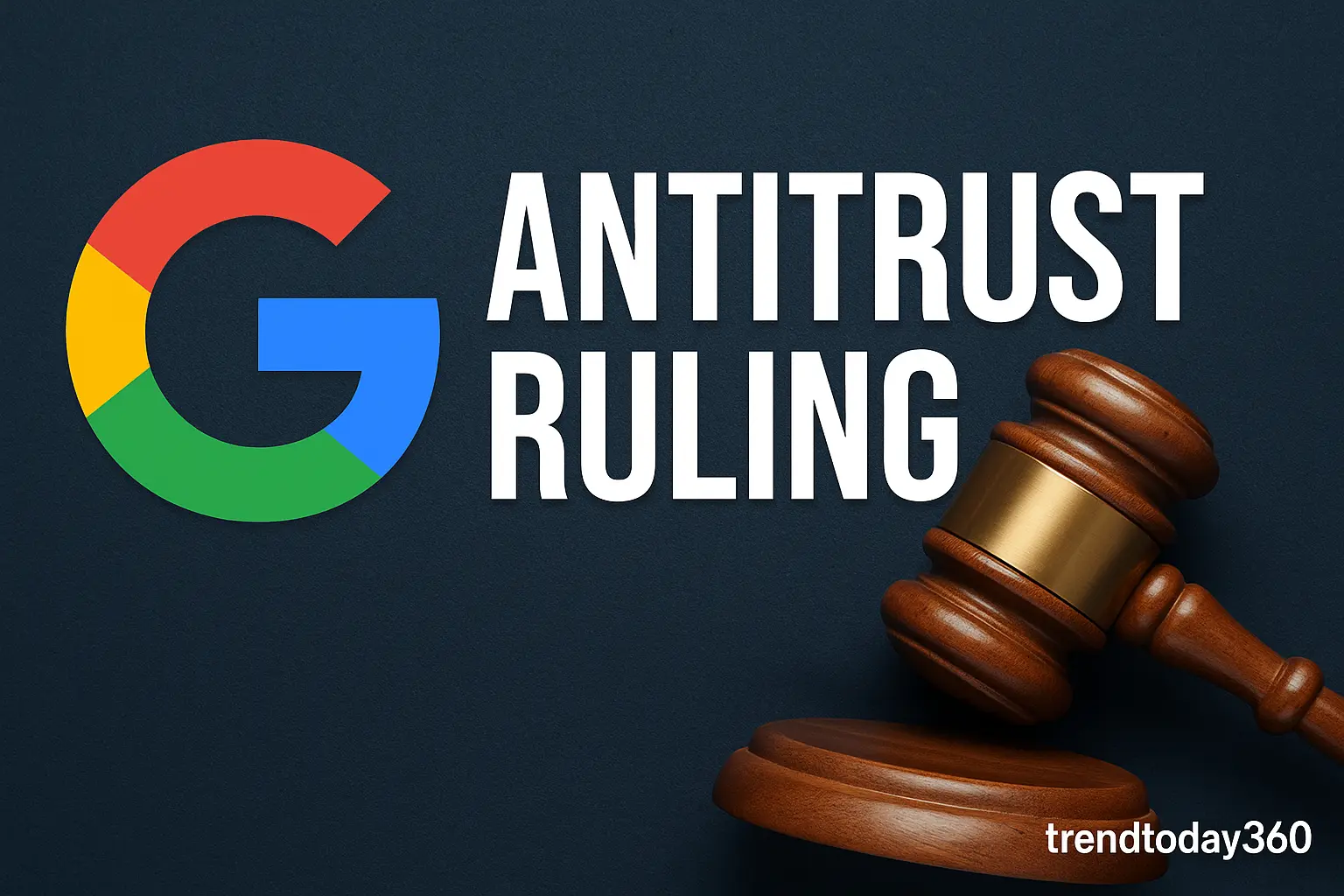The long-awaited Google antitrust ruling has finally arrived, and it’s making waves across the tech and business worlds. Regulators have decided not to break up Google, but instead, they have imposed a set of restrictions aimed at curbing its dominance in the digital market. This decision has major consequences not only for Google but also for advertisers, competitors, and consumers. While the company has escaped a structural split, it now faces a future where its every move will be monitored under stricter compliance rules.
This case highlights an important turning point in how governments and regulators worldwide are approaching Big Tech regulation. For years, Google has been accused of monopolistic practices, from favoring its own products in search results to maintaining an iron grip over the digital advertising market. With this ruling, regulators are sending a clear message: the era of unchecked dominance is over.
Why a Breakup Was Avoided
Many industry experts speculated that regulators might force Google to separate its core businesses such as Search, YouTube, Android, and Google Ads. A breakup would have been the most radical way to dismantle the company’s dominance. However, the court avoided this option for several reasons:
- User Dependency – Billions of people use Google daily for search, email, maps, and videos. Splitting the company could have disrupted these services, creating global chaos for both individuals and businesses.
- Economic Stability – Google is not just a tech company; it’s one of the largest contributors to the global digital economy. Breaking it apart could have created ripple effects across industries.
- Legal Complexity – Disentangling Google’s integrated systems, from ad tech to data sharing, would take years and could result in endless appeals.
Instead, the court chose a balanced approach: keep Google intact but regulate its practices to ensure fair competition.
Key Restrictions Imposed on Google
The restrictions outlined in the ruling directly target Google’s market behavior. Some of the most significant measures include:
- No More Favoritism in Search Results –Competitors accuse Google of prioritizing its own services (such as Google Shopping or Google Flights) over those of its competitors. The new rules prohibit this practice, ensuring third-party services get fair visibility.
- Greater Transparency in Ads – Google’s advertising empire, which generates the majority of its revenue, will now face tighter scrutiny.The ruling requires the company to disclose more information about how ads are priced and displayed.
- Scrutiny on Partnerships – Deals with smartphone makers and browser developers, such as setting Google as the default search engine, will face stronger checks to prevent anti-competitive behavior.
- Data Use Restrictions – Google will be required to limit the ways it leverages user data across platforms, a move intended to reduce its unfair advantage over smaller rivals.
These rules may not dismantle Google, but they fundamentally change how the company operates.
How Competitors Could Benefit
One of the biggest winners of this ruling could be Google’s competitors. Smaller search engines like DuckDuckGo or Ecosia may now gain more visibility as restrictions prevent Google from sidelining rivals. Similarly, Bing could benefit from fairer competition on browsers and devices where Google has long been the default choice.
In the advertising sector, the decision could help smaller ad networks and publishers. If Google is forced to reveal more about its ad pricing and placements, advertisers may shift budgets toward other platforms that offer more transparent models. For the first time in years, the digital advertising market could see real competition emerge.
What It Means for Consumers
While the ruling is aimed at businesses and competition, the average consumer is also likely to feel the effects. Here’s how:
- More Choices in Search – Consumers may start to see a wider variety of search results, with alternatives to Google services gaining equal footing.
- Better Privacy Protections – Data use restrictions could mean stronger privacy safeguards for users.
- Fairer Ads – If advertisers face less manipulation, consumers might encounter more relevant and less intrusive ads.
- Lower Prices – A more competitive digital ad market may eventually reduce costs for businesses, which could translate into savings for consumers.
In short, the ruling could make the internet more open, transparent, and user-friendly.
Global Ripple Effects
Although the ruling is specific to one jurisdiction, it will almost certainly have global consequences. Regulators in Europe, Asia, and Latin America have long scrutinized Google’s business practices. Now, they may use this decision as a blueprint for their own antitrust enforcement.
- Europe has already fined Google billions for antitrust violations, and this ruling will strengthen their position for future cases.
- Asia—particularly countries like India and South Korea—has been increasingly vocal about curbing monopolistic practices in tech. This decision could encourage stricter rules in those regions.
- The U.S. Market itself may see further lawsuits as momentum builds around tech regulation.
In essence, the Google antitrust ruling could set a global precedent for how regulators handle Big Tech.
Google’s Response
As expected, Google welcomed the fact that it avoided a breakup but expressed concerns about the restrictions. The company insists that its services benefit billions of people worldwide by providing free tools, innovative products, and advanced technologies.
Google is now preparing to adapt its business model. It will likely increase lobbying efforts, appeal certain restrictions, and invest in compliance infrastructure to satisfy regulators. The challenge for Google will be to maintain growth in its core ad business while working under new limitations.
Broader Implications for Big Tech
The ruling is not just about Google—it’s about the entire tech industry. For years, other companies such as Amazon, Apple, and Meta have also faced antitrust scrutiny. This decision sends a warning: even without a breakup, regulatory restrictions can reshape how tech giants operate.
- Amazon may face similar restrictions on how it prioritizes its products on its marketplace.
- Regulators could force Apple to loosen control over its App Store.
- Meta (Facebook) may face stronger rules around data use and advertising.
The age of “self-regulation” in tech appears to be ending, with governments stepping in to enforce fair competition and consumer protection.
The Road Ahead
The Google antitrust ruling is not the final chapter. Ongoing investigations into Google’s advertising dominance and app store practices are still active. Moreover, regulators in other countries may impose additional penalties or restrictions in the coming years.
For businesses, the ruling means adapting to a more competitive digital landscape. For consumers, it means greater transparency and choice. For Google, it means walking a tightrope between compliance and innovation.
Conclusion
The Google antitrust ruling represents a historic moment in the battle between regulators and Big Tech. By stopping short of a breakup but enforcing strict restrictions, authorities have struck a delicate balance: keeping Google intact while ensuring fairer competition.
This decision has the potential to reshape digital advertising, open doors for competitors, and give consumers a more transparent online experience. While Google may see this as a victory for avoiding structural separation, the new restrictions are a reminder that no company is above the law of fair competition.
As governments worldwide continue to scrutinize the tech industry, the future of digital markets may look very different—more balanced, more competitive, and more open to innovation.
Updated By TrendToady360







Leave a Reply